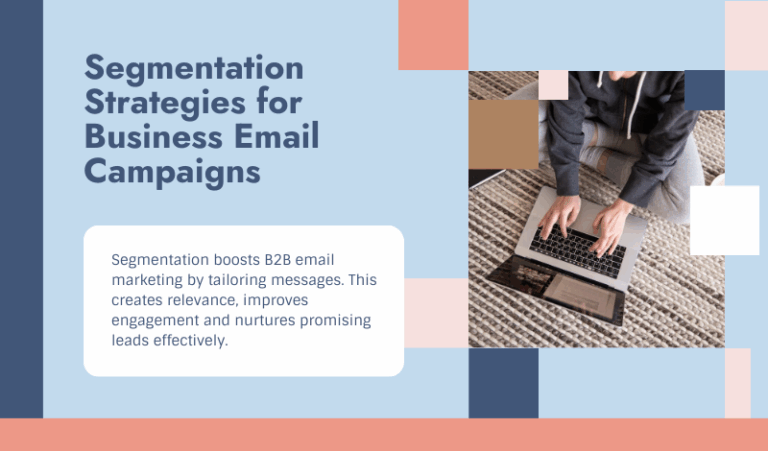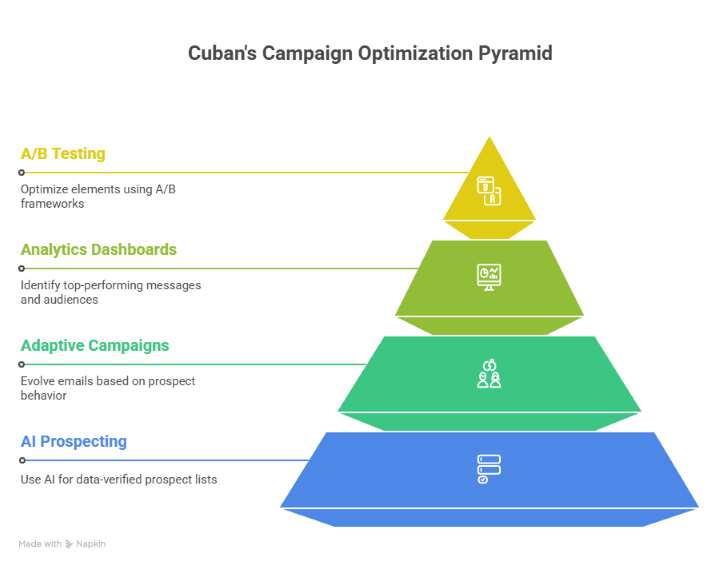When it comes to market segmentation, where do you draw your lines? Some segments are relatively easy to define based on geographical location, buying history, or lead score. Others are more complex, incorporating behavioral and contextual data to create a nuanced picture of leads. Any way you slice it, getting segmentation right is critical for maintaining relevance. Without placing leads in their appropriate segments, you could leave some of them out of the loop while failing to connect with others for whom your targeted message misses the mark.
Using Dirty Data
When you base your segmentation decisions on outdated or invalid data, you aren’t getting a clear picture of your market as it truly is. Duplicate data can lead to prospects getting different promotions at the same time, which sends a clear message that you don’t know your audience as well as you should. Poor data hygiene can also cause you to skip over otherwise interested leads who have recently gotten a promotion or switched companies; if you don’t know their new contact information, you can’t market to them. Data enhancement that cleanses and completes your records is a necessary first step for effective segmentation and high marks for relevance.
Going with Your Gut
Good marketers have good instincts. Great marketers have good instincts plus hard data. If you’re defining segments based on what you think your market is like, you may be missing some key pieces of information. Analysis of your data lets you build a segmentation strategy founded in facts, not feelings. New businesses don’t always have all the data they need, but data enrichment can give you more substantive information to analyze.
Becoming Overly Rigid
Segments aren’t made of steel; they’re far more flexible and permeable. A lead who starts off in one segment may progress to others with different marketing goals. For example, a longtime customer might bounce between a segment defined by frequent activity and one for dormant buyers with whom you’re trying to reconnect. A sales-ready who makes a purchase instantly joins the pool of customers and becomes eligible for up-selling and loyalty program offers. Revising lead and customer statuses based on new information helps you keep your messages relevant.
Using Too Little Data
If all you knew about your leads is their shoe size, you wouldn’t have much to go on – not unless you were selling footwear, that is. Insufficient data may make segmentation seem more straightforward, but it can also lead you to draw false conclusions about your market. Data enrichment can help even if you haven’t collected much data on your own by filling in details on the records you do have, giving you a deeper sense of your audience and how to connect with them.
Failing to Follow Through
Launching a campaign to a given segment is only part of the story; you also need to collect data after the fact. Failing to follow up on the campaign and gather feedback will limit your understanding of your audience and therefore your relevance to them. By following through with data collection after every campaign, you can also gain valuable insight into how that segment reacts over time.
Segmentation is too important to manage with guesswork and gut feelings. Use data enhancement, automation, and analytics to make your segmentation strategy work for you and your buyers.
© Reach Marketing LLC 2017 All Rights Reserved.



